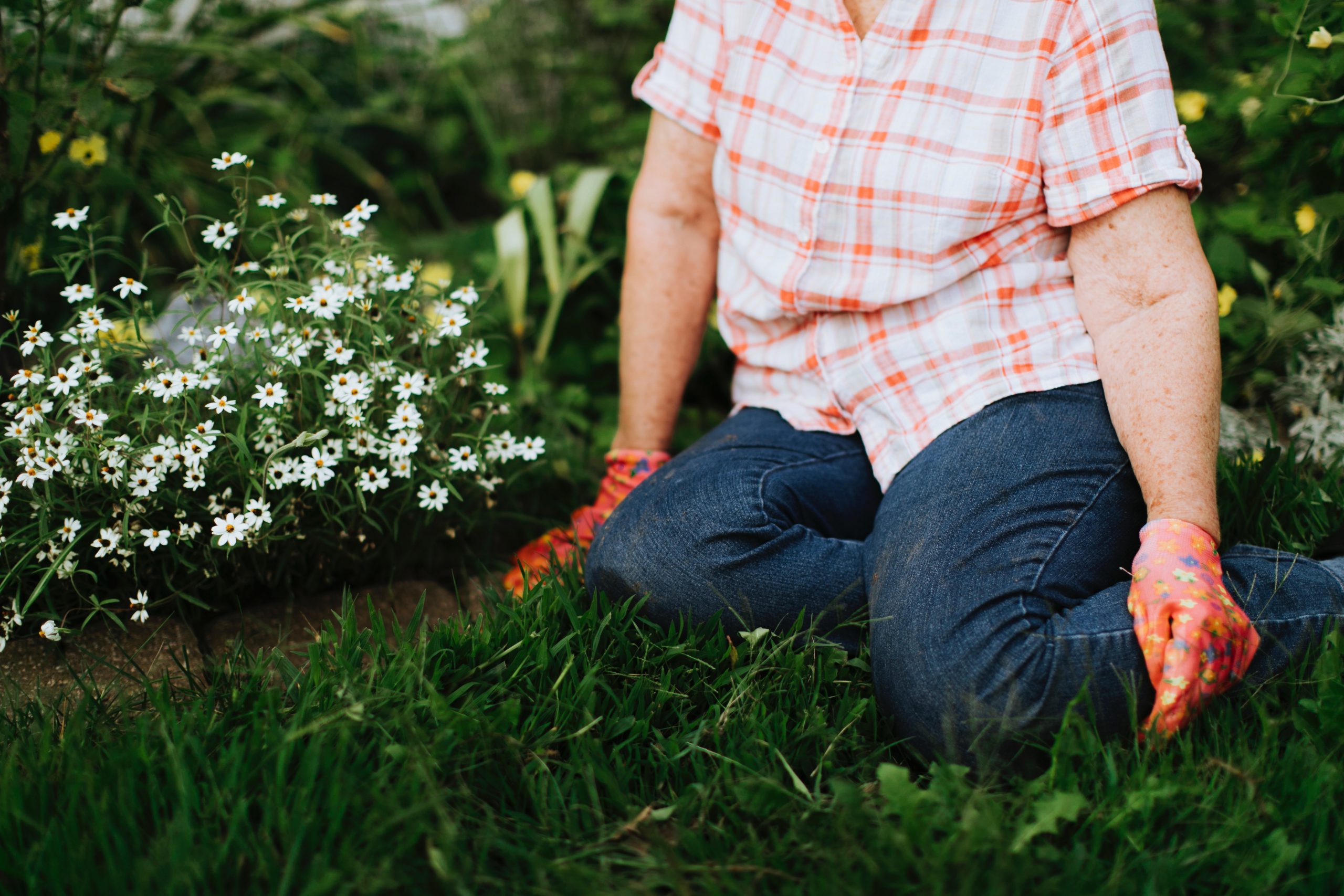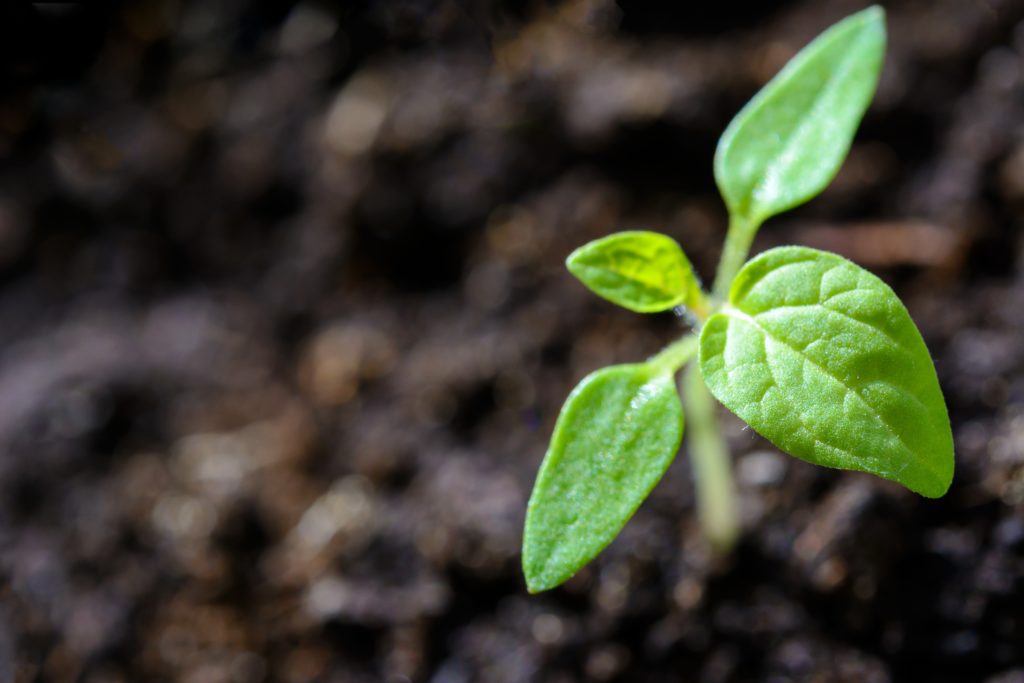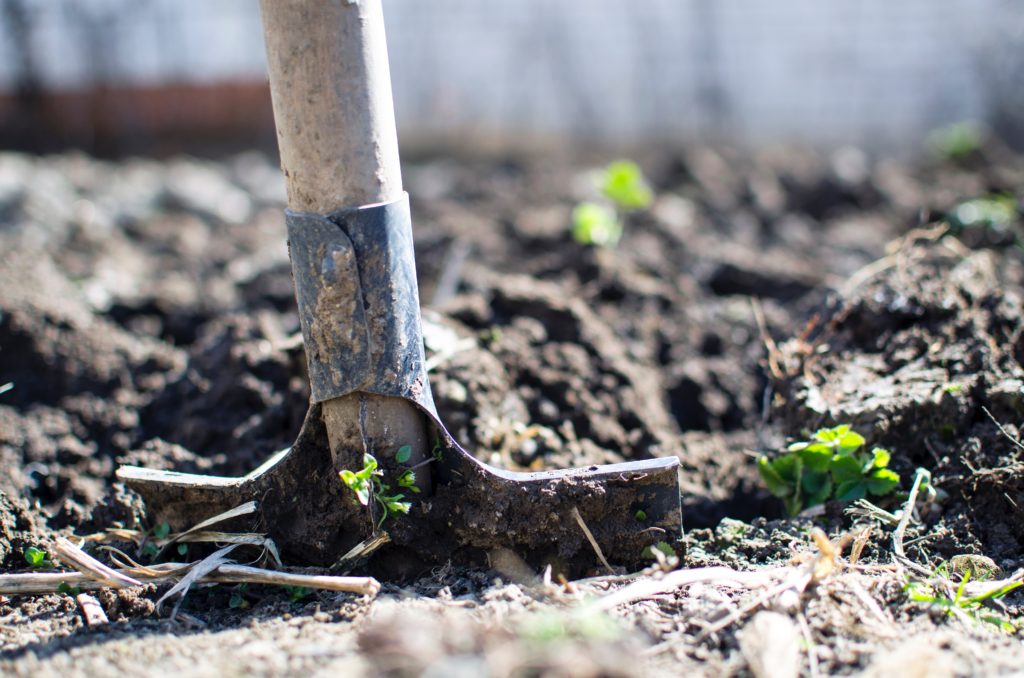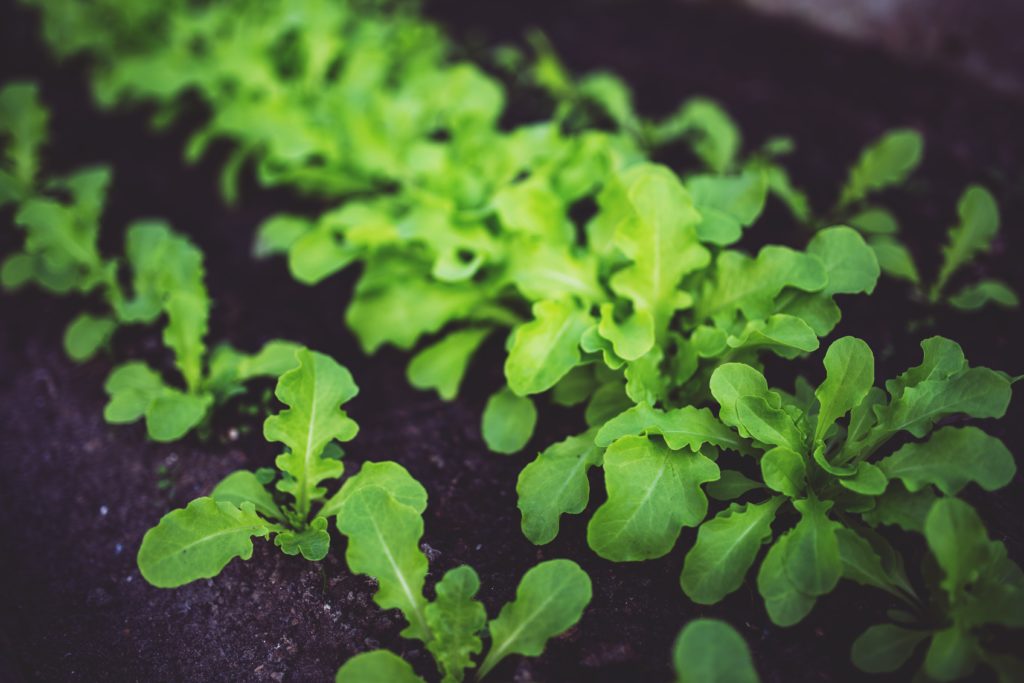
Mulch 101
The Purpose of Mulch
Natural Mulch
Rubber Mulch
In the hot, dry climate of Texas, taking the steps to mulch your garden makes a world of a difference. It’s easy, inexpensive, and the results are outstanding. Essentially, mulch is any material, natural or synthetic, applied to the top layer of soil. While the functional benefits of mulch are far-reaching, there are also tons of mulch options that are actually pretty attractive. Depending on what you want out of your garden, mulch can make it that much more spectacular.
The Purpose of Mulch
It’s no secret that water is a valuable commodity, especially in desert regions. When it comes to gardening and lawn care, taking the steps to reduce water waste isn’t just good for the earth— it’s good for your wallet, too. Running the sprinkler through the garden hose for hours a day can use up exorbitant amounts of water, only to be evaporated by the scorching Texas sun. That’s where mulch comes in. A protective layer of mulch helps maintain that moisture in your soil. That means your plants won’t go thirsty, and you won’t need to spend as much extra time in the yard with your old pal, the garden hose!
On top of conserving water, mulch also helps block the sun from reaching any unwelcome garden squatters— AKA weeds. Weed seeds won’t develop properly without adequate sunlight, so by applying mulch, you’re actually saving yourself a lot of time in the long run by eliminating the need for everyone’s least-favorite gardening task: weed pulling.

Natural Mulch
Many mulches are made from natural, biodegradable materials, and they have a pretty sweet added bonus: a steady stream of nutrients delivered directly into the soil as the matter breaks down over time. This will help fertilize your garden and make your plants that much healthier and stronger. Here’s a list of some different natural materials that make a great mulch:
- Bark Mulch: This is a particularly popular mulch material because the multi-tonal texture of tree bark is a rather lovely addition to your yard. It comes in many different colors, depending on what kind of tree it’s sourced from, and can come either shredded or in the form of briquettes.
- Wood Chips: If aesthetics are high on your list of priorities when designing your garden, wood chips are a fantastic option. Like bark mulch, the material is really attractive, and it comes in loads of colors. One thing to keep in mind is that some wood chips are raw and untreated, whereas other varieties are dyed for a more stylish and uniform appearance. If you’d like to apply a tinted wood chip mulch, we recommend opting for one treated with an all-natural dye. This way, no nasty chemicals will end up leaching into your soil and contaminating your vegetables.
- Leaves and Grass Clippings: This one is definitely the most budget-friendly option out there. All you need is a rake and a lawnmower, and you’ve got an endless supply of mulch material to apply to your garden throughout the growing season. And who doesn’t love that fresh-cut grass smell?
- Straw: There’s something so charming and rustic about straw mulch in a garden, so if you’re all about the country-western aesthetic, you’ll love straw mulch. One thing to watch out for with straw mulch is hidden seeds. Occasionally, some stowaways might make their way into the garden and start growing!
- Compost or Manure: You may already be familiar with the benefits of mixing in compost or manure into your soil, but by applying an extra-thick layer to the surface of your garden bed (about 2-4 inches) it works as a super nutrient-rich mulch too!

Shredde Mulch
Our favorite mulches to recommend are shredded mulches, which spread easily and don’t wash away in the heavy downpours we all know so well! We carry hardwood shredded mulches and shredded cedar mulches, both of which look beautiful when applied. As they break down over time, they do tend to alkalinize the soil, so you may want to keep that in mind for any plants that need a more-than-basic lifestyle. If your acidic plants start sulking, you can amend your soil with a little acidic fertilizer or sulfur. Don’t be shy to ask us for advice if it’s your first time amending your soil!

The benefits of mulching flower beds are totally worth it, considering the low cost and ease of application. With so many mulch colors and materials available, it can become just another lovely visual accent in your backyard landscape, while also saving you time, money and precious H20.

